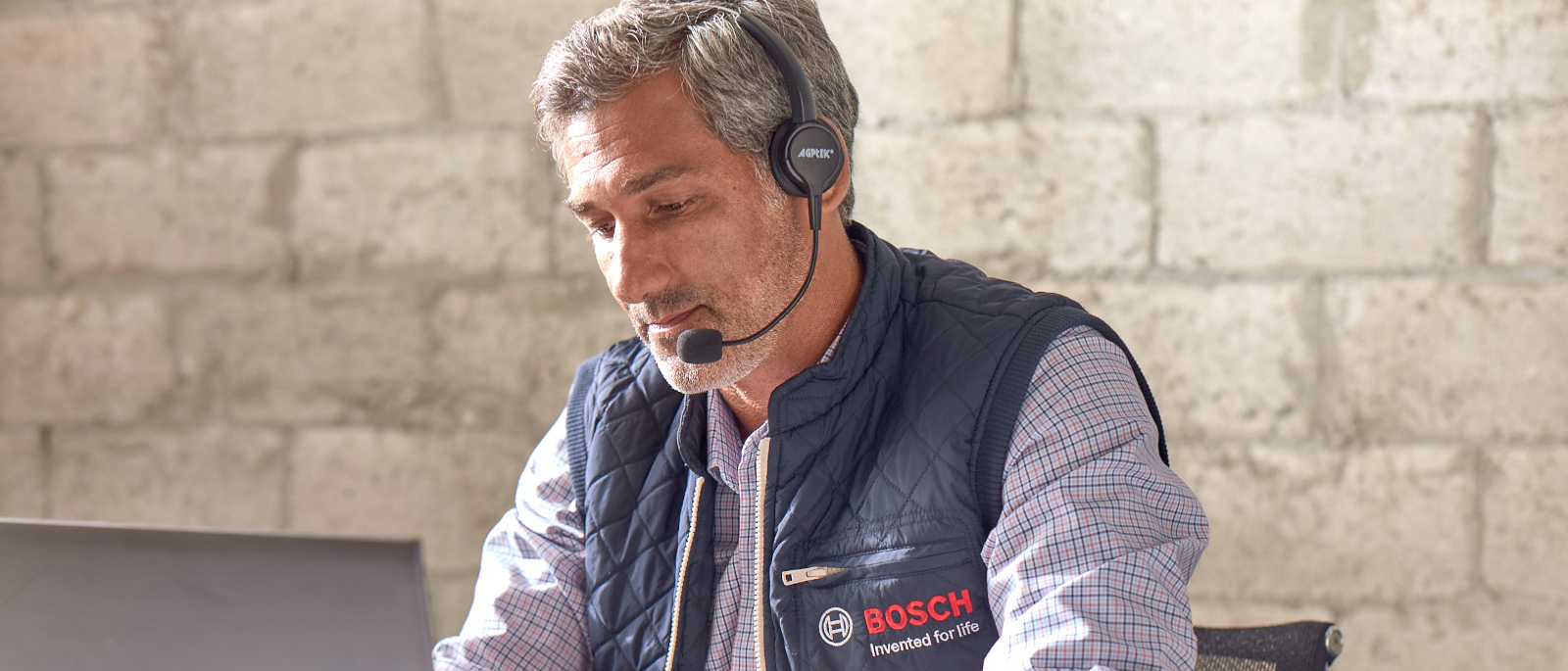Get in touch!

Basic data planning and questions planning process
Questions during planning
The overview of questions below is designed to assist with the planning and design of the steam supply. It serves as orientation at the start of the planning process and as a basis for reflection prior to the conclusion of planning. Although the list is by no means exhaustive, frequently recurring faults can be avoided by answering the questions consistently and systematically.
If one or more of the questions on inter-related themes have not been clarified at the end of planning, references to chapters containing relevant information are inserted after the questions for assistance.
Steam pressure
- Have unnecessarily high safety margins been used when defining the average operating pressure? Larger pressure safety margins should only be used when defining the maximum permissible operating pressure.
Steam demand
- Have all consumers (existing consumers and consumers planned in the medium term, internal consumption of boiler system) been taken into consideration and the heat losses (pipework, valves, containers) estimated or calculated?
- Are the planned safety margins for the steam output transparent? Multiplications of safety margins at different points must be avoided!
- Has a consumption analysis been carried out? Is the simultaneity of the steam consumption known? What is the actual maximum steam output simultaneously required by the consumers?
- Is it evident from the consumption analysis how and why the distribution among the generator units takes place?
- Does the configured boiler system have a sufficiently large control range to serve all frequently occurring loading conditions, without cycling the combustion system?
- What is the load profile or annual steam consumption (in order to precisely calculate the amortisation of additional heat recovery measures)?
Steam quality
- Does the steam have to meet specific requirements (e.g. residual moisture content, contact with food, superheated steam)?
Water and condensate
- Is a water analysis available? Do seasonal fluctuations in the water quality have to be taken into account, for example?
- Has an analysis been carried out to determine which water treatment is the most sensible? In terms of cost-effectiveness, has a water softener unit been compared with osmosis water treatment? Does it make sense to use an automatic water analyser?
- Is a partial or full deaeration system more suitable?
- How much condensate can be returned, and under what conditions in relation to pressure/temperature?
- Is there a risk of the condensate becoming contaminated with grease/oil or other media which is harmful to the boiler system (e.g. due to leaking heat exchanger)? If the answer is yes, a condensate monitoring system is required.
Fuel
- Which fuels can be used at the location?
- Is the fuel quality and its fluctuation range known?
- Has the gas flow pressure been ensured? If the gas flow pressure drops when the gas consumption is high, this can cause problems. Deviations from the design value and actual gas flow pressure could lead to consequential costs.
- Should heavy fuel oil, other highly viscous or sulphurous fuels be used? Special equipment may be required for this (e.g. oil preheating or economiser supplied as stand-alone version with exhaust gas bypass).
Efficiency
- How important is energy efficiency and what is the maximum length of amortisation time for which energy saving measures are feasible?
- Are efficiency measures planned and has waste heat recovery been integrated in a sensible manner? Has their efficiency and savings of resources been verified?
Operator
- How rigorous are the requirements for security of supply? Is either a partially or fully redundant boiler configuration required? Should it be possible to burn a substitute fuel via a multi-fuel combustion system?
- Is it likely that the steam supply will be extended in the coming years? If the answer is yes, the capacity of the feed water supply should, for example, be designed with future requirements in mind and sufficient space provided in the boiler house.
- What is the degree of availability and level of qualifications of the operating personnel? Which automation applications would make sense?
- Should there be a connection to a centralised automation system?
Installation location
- Is the installation location in a coastal region?
- Is the boiler installed in a seismological zone and does it have to be specially anchored/secured?
- Do special requirements exist regarding sound or pollutant emissions (e.g. due to proximity to a residential area or siting in an air or water protection area)?
Boiler house
- Are the available openings sufficiently large for inward transportation?
- Is the load-bearing capacity of the foundation sufficient for the water-filled system?
- Have a suitable number of supply and extract air apertures been provided at suitable locations?
- Have the required emergency stop buttons been provided inside and outside the boiler house?
- Has sufficient space been provided? For access to inspection apertures (on the water and flue gas side), access to boiler, removal of components (burner), for example?
Pipework
- Is the load-bearing capacity of walls and ceilings sufficient to absorb the pressure of the pipe?
- Has all pipework been planned with sufficient sizes? This particularly applies for safety valve blow-off pipes, air vent lines, exhaust vapour lines and condensate pipes.
- Are prohibited combinations being avoided?
- Are the steam pipes laid with a slope and drained correctly?
- Is the use of acoustic isolation elements feasible?
Legislation
- Have the relevant rules and regulations been fully taken into account during planning?
- In relation to emissions and environmental protection laws, especially flue gas and water.
- In relation to approval regulations or the operating permit. Is the approval authority being consulted at an early stage and the application for approval submitted on time? Are the relvant authorities being informed?
- In relation to the obligations of operators, especially occupational health and safety and operational safety. Has a risk assessment for the boiler system been performed?
- In relation to timely involvement of approved notified bodies.